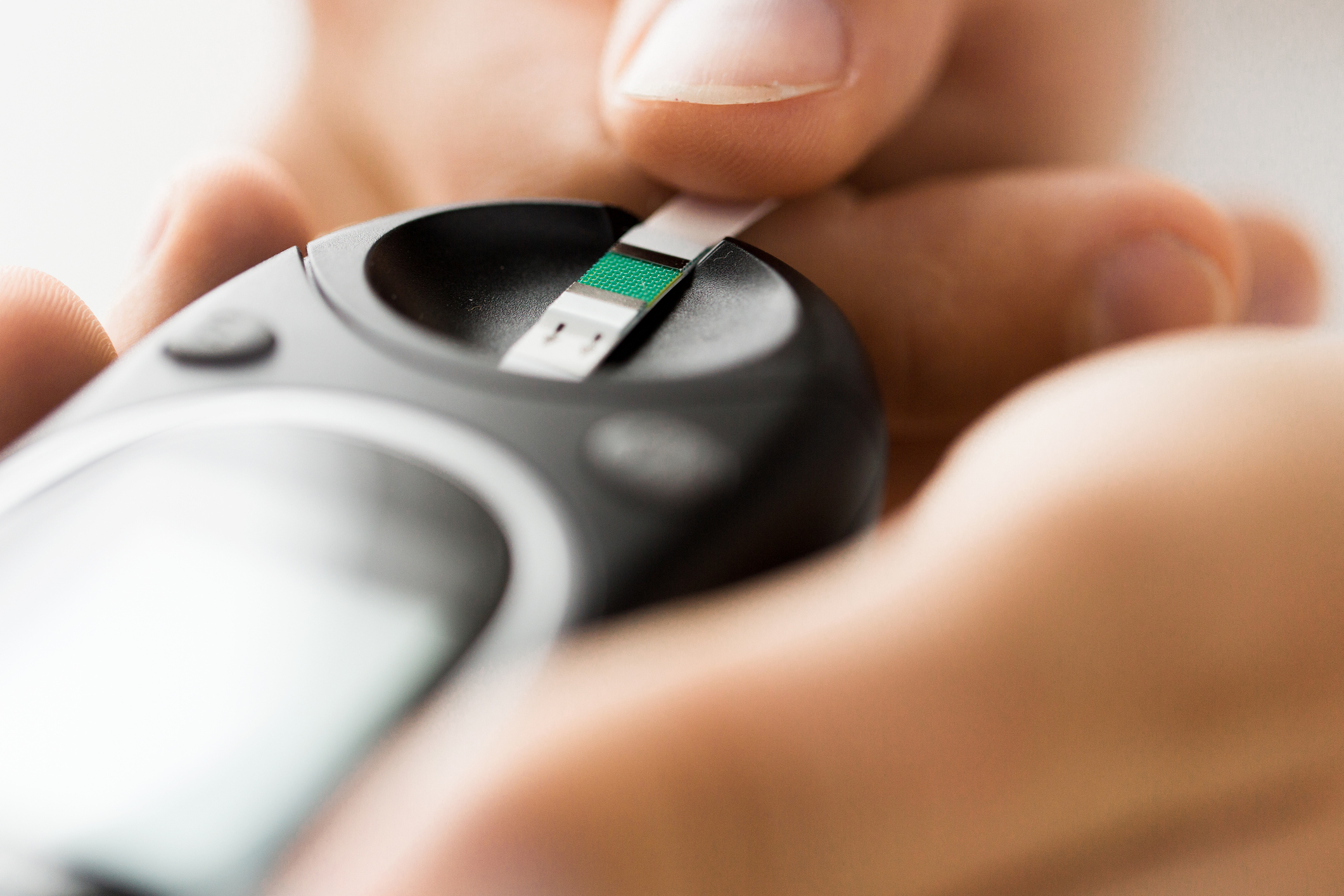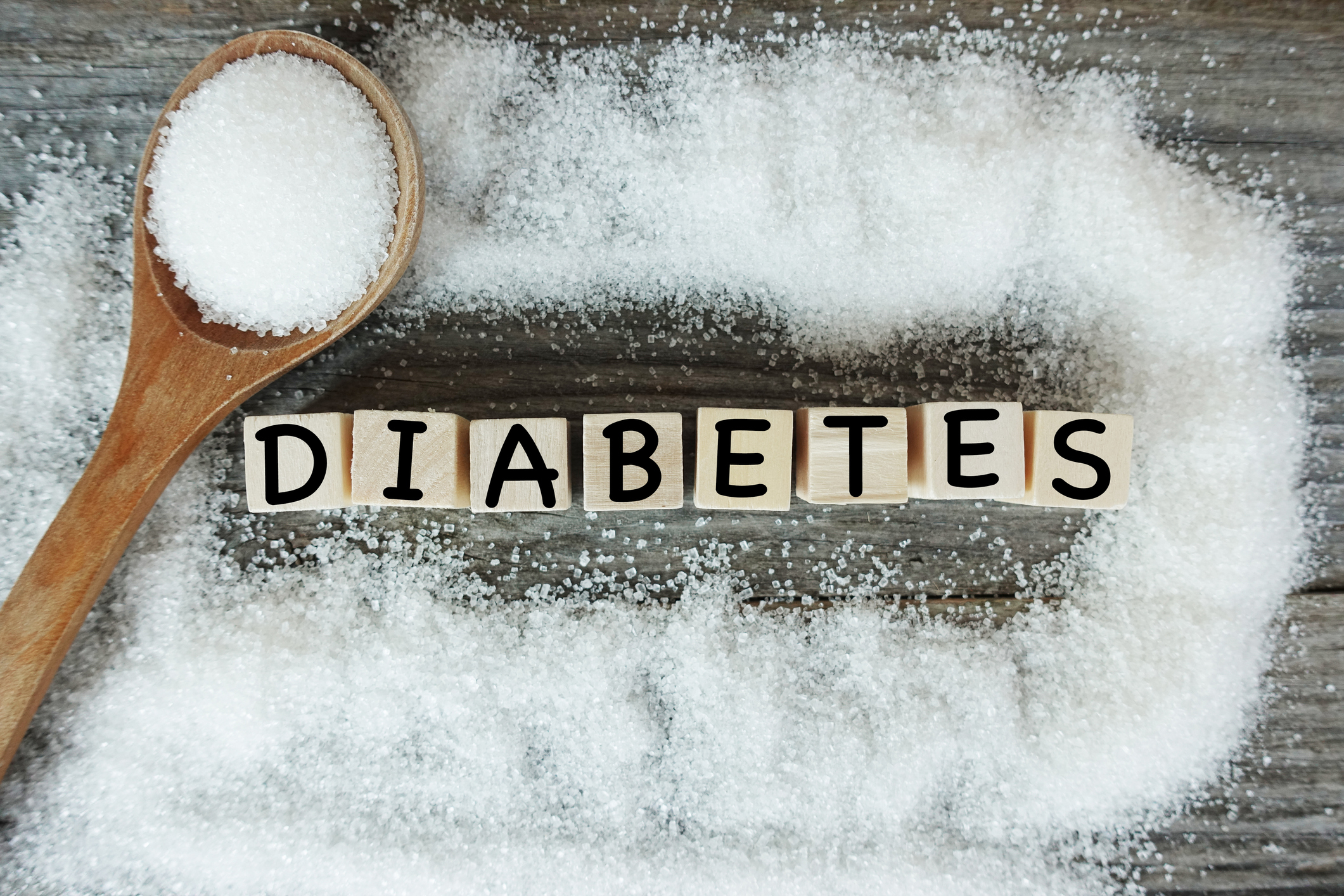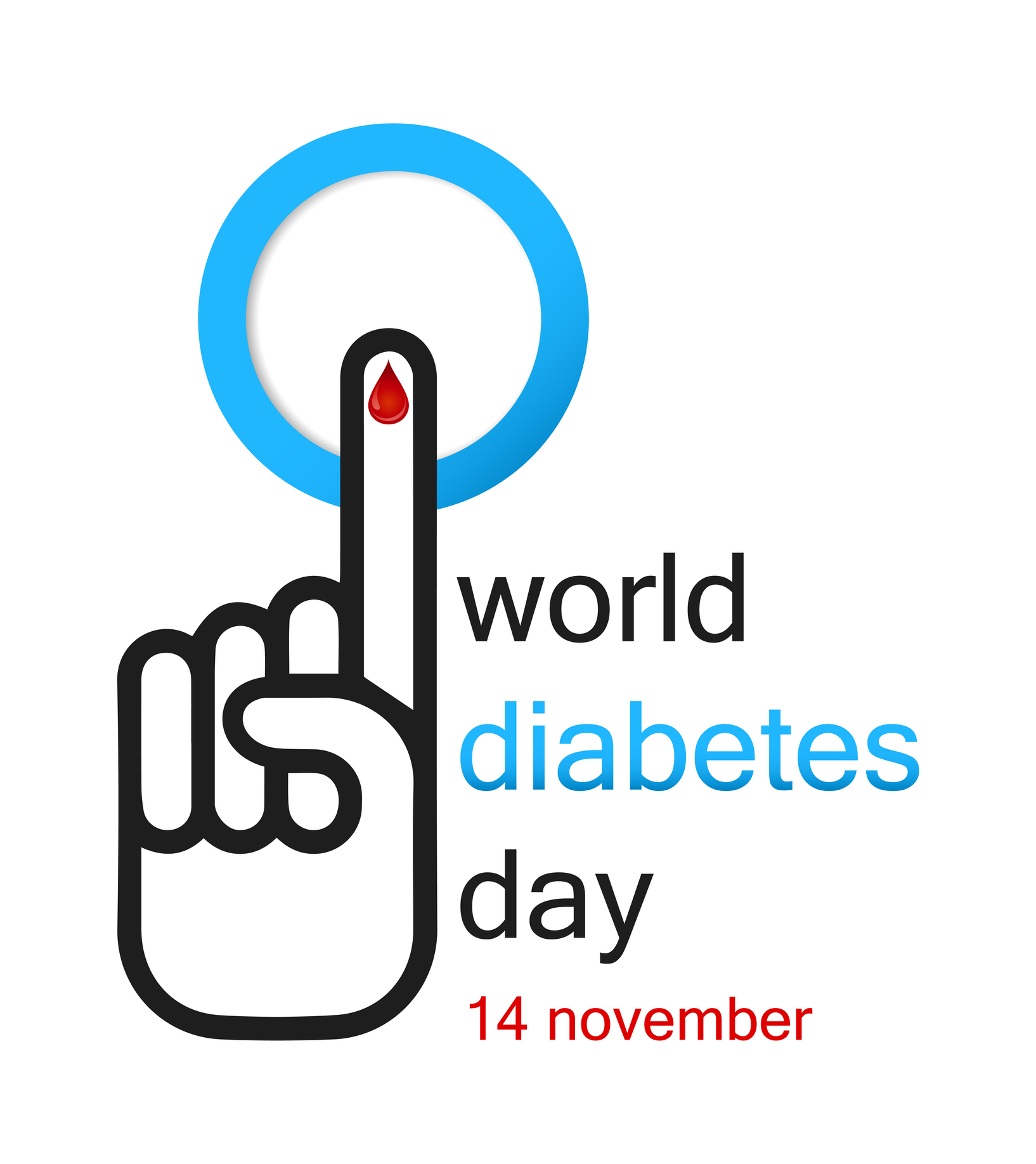Content Sections
It’s World Diabetes Day 2019. But without using a word like prevention after diabetes, it seems more like a celebration of the disease, than any attempt to try to eliminate type 2 diabetes. Nomenclature aside, we are sorely in need of raising awareness that this disease is both largely preventable and even reversible, if caught early enough, without any use of drugs. We’ll likely hear lots of noise about the former, but little or nothing about the latter especially from the biggest voices in the media, which are tied in tightly with Big Pharma that sees type 2 diabetes as one of its biggest money spinners.
In the UK, 12.5% of the total cost of prescribing was for diabetes treatment in the last year. For those of you who like a meaty statistic, here’s one: There’s been a 221% increase in use of antidiabetic medication in the last 10 years in the UK alone, now costing the NHS £540 million a year - and rising!
In the US, The American Diabetes Association estimates a figure of around $327 billion as there are now over 30 million sufferers. How’ve we let this happen, given it’s a preventable and reversible condition, if caught early enough? But not so surprising when you appreciate who’s really driving the agenda and that the type 2 diabetes sickness industry is the only real winner.

Know your diabetic jargon
Up until a few years ago, monitoring of blood sugar regulation with your GP involved a fasted blood test that involved at least 12 hours fasting, typically overnight. At the very minimum you would have had your fasting glucose measured, which is a snapshot of your blood sugar levels at the moment you had your blood drawn. You may have also had your haemoglobin A1c (HbA1c) concentration or percentage calculated too. This is a longer term look at how your blood sugar management has performed over an approximately 3-month period. However, by the time HbA1c levels start to rise, there is already a significant level of disease progression involving insulin resistance and damage to the beta (insulin-producing) cells in the pancreas.
Haemoglobin is a protein in your blood that carries oxygen, but excess glucose sticks to it over time. When proteins become very sticky with sugar, they are termed glycated or glycosylated, and they no longer work so well. A fasting glucose test measures the amount of glucose in your blood, but an HbA1c test measures the amount of glucose stuck to your haemoglobin, the percentage of glycation.
If you consult with a functional or integrated medicine practitioner, you will have both those markers measured, but it’s highly likely you will also have your fasting insulin and c-peptide levels checked as well. These markers are not often used in conventional medicine but can be incredibly useful for early detection of insulin dysregulation and to differentiate between type 1 and 2 diabetes. C-peptide and insulin are released from the pancreas at the same time and in about equal amounts. Therefore, a c-peptide test can show how much insulin your body is making and can be a good way to measure insulin levels because c-peptide tends to stay in the body longer than insulin. Fasting insulin is able to indicate insulin resistance long before damage to the beta cells in the pancreas occurs and HbA1c levels rise. It’s invaluable as part of an early detection system to then be linked to a disease prevention or reversal programme that’s most usually based in diet and lifestyle modification.
However, the reality is that the cost of diabetic care is crippling health care systems globally. In an attempt to slash costs, most conventional medics are now only looking at HbA1c levels. In the UK, this is now firmly written into the guidelines from the National Institute for Health and Care Excellence guidelines (NICE), that NHS GPs have to follow or risk their medical licence. But the change is pretty much global. It’s a peachy marker for the drug companies, as it paves the way for more drug development and facilitates prescribing. If you have a high HbA1c, you are prescribed antidiabetic medication to bring it down. Simple. In most cases, it’s drugs first, and little scientifically or clinically based dietary and lifestyle advice is given that might actually reverse the condition. No education, no preventative measures. Just a pill for your ill prescribed. Ka-ching.
Taking a biological approach
We now know that blood sugar response to foods is very individual and more so, that our gut microbiome has a huge part to play in our glycaemic (blood sugar) response to different foods. Without fasted blood tests using multiple markers, you won’t know which part of your diet is causing the sensitivity. And we all respond differently, even if we live under the same roof and eat the same foods.
Sugar is sugar to the body whether it comes from bread, potatoes, bananas, apples or table sugar. Prof Jenny Brand-Miller’s team at Sydney University, pioneers of the glycaemic index (GI) and load (GL) concept, have clearly demonstrated that not all foods are created equal when it comes to blood sugar. Doctors like Dr David Unwin, scores of functional and integrative medicine practitioners and health coaches, as well as informed consumers, have racked up a large body of clinical and anecdotal evidence in support of a low carb (sometimes with high fats, LCHF) approach for regulating blood sugar dysregulation. Backed up by Livesey’s work that consistently indicates the strong and significantly lower type 2 diabetes risk in people that consume lower-glycaemic load (GL) diets.

The message that sugar is bad for health and is driving type 2 diabetes is definitely getting out there and some are trying hard to cut back on sugar. The UK Scientific Advisory Committee on Nutrition has pushed forward a target level for ‘free sugars’ in the diet that shouldn’t exceed 5% of the total energy value for those over the age of two years. However, reducing the consumption of sugar alone can still leave you at risk of exposure to high GI, starchy foods. Evidenced by those who cut out obvious sugar, but fail to reduce HbA1c levels, leading the authors of the latest low carb bashing paper to conclude that, “Lower carbohydrate and higher fat intakes were associated with higher HbA1c and greater odds of having diabetes. These data do not support low(er) carbohydrate diets for diabetes prevention”.
We beg to differ.
Misrepresentation in ‘research’?
As we clarify in our ‘Reverse Diabetes Naturally’ campaign, type 2 diabetes is a form of carbohydrate intolerance and thousands have learned how to put this condition into permanent remission. This route involves changing the way you eat, move and rest, but if it’s largely DIY, it doesn’t benefit the Big Food or Pharma companies. Hence, there is a slew of conflicting research flooding into the peer review confusing clinicians and the public alike.
The latest output from Prof Mike Lean’s team in Glasgow, UK, cans the low carb approach. Possibly not a great surprise considering Prof Lean and colleague Ron Taylor have put most if not all of their eggs in the low-calorie basket, based around the increasingly problematic ‘calories in, calories out’ hypothesis that they believe is driving obesity and type 2 diabetes. They’re probably most well known as the key actors behind DiRECT (DIabetes REmission Clinical Trial) that’s shown benefits linked to calorie restriction alongside weight management support.
The trouble with Prof Lean’s latest study is that appears to mix up carb and fat levels with food quality. Looked at simply, while the authors see lower glycated haemoglobin (HbA1c) in those who eat slightly less carbs and more fat, there’s a bundle of unaccounted factors that could have caused that, not least of all junk food. It’s what we call the junk food hypothesis and it means that a lot of type 2 diabetes and obesity isn’t caused so much by the relative amounts of carbs versus fats, it’s caused by the quality and composition of foods that people eat, alongside a bundle of other social and socio-economic determinants of health, like what foods people have access to, how they cook or prepare them, how they eat, when they eat, how much stress they’re exposed to, how much they drink or smoke….you get the picture. It also provides an explanation for why HbA1c doesn’t always fall when sugar is removed.
If carb reduction isn’t guided by expert advice, it’s easy to reduce processed carbs and sugar, and replace them with fats, but not necessarily with the right, healthy fats. Conversely, if you like fatty foods, you can load up with a bunch of unhealthy junk fats, feel more satiated, and unwittingly eat fewer carbs. It’s simple carb-fat substitution, and it needn’t be deliberate. This leads to more unhealthy fats being consumed, but the insulin resistance can still increase as a result of specific types of dietary fat. We know in this scenario it’s usually poor-quality fats, mixed with cheaper cuts of meat and very little plant food that’s to blame - along with insufficient physical activity or rest. Too often the carbs consumed are still processed.
In Lean’s paper, the authors claim that HbA1c levels increase with low carb and higher fat, yet both his study populations were eating in excess of 200g carbs per day and only around 35% of energy from fats! This is neither low carb nor high fat. In fact, it’s almost exactly what governments are telling people to eat – and both low and high HbA1c groups were deriving relatively similar amounts of fats and carbs from their food, according to their recollection from the food-based questionnaires on which the UK dietary survey was based.
If the authors wanted to make their claim that low carb didn't work at reducing diabetes risk, they’d have to have studied proper low carb diets, where it’s widely considered carbs should be less than 50 g per day. That’s just 13% of a 1500 kcal daily diet by energy. If the protein then makes up around 20% by energy, that leaves a whopping 67% (112g) for fats, healthy fats that is. Sadly, Mike Lean and colleagues are not low carb aficionados and don’t appear to have ever studied true low carb diets. The fact that levels of HbA1c increase in line with BMI, is expected because these groups are generally more carb intolerant, which is why they struggle with weight management. Dr Sarah Hallberg and her team at Virta Health have published 2-years of serious outcome data this year using a proper low carb approach to reverse type 2 diabetes, benefit cardiometabolic syndrome and reduce obesity, whilst using less medication.
Although unrecognised by the authors, Prof Lean and colleagues’ study of UK National Diet and Nutrition Survey (NDNS) data suggests that a much more important factor than the relative composition of carbs and fats, are actually social and even environmental determinants of health – factors largely ignored as drivers of the HbA1c trends they found. But when you look more closely at the data, the importance of socio-economic factors are clearly seen by the evaluation of the proportion of people with high and low HbA1c with professional socio-economic groups being much more heavily represented in the low HbA1c group. This provides a strong suggestion that it’s the quality and type of food, as well as the way in which food is prepared and eaten, that is just as important as manipulating your macros.
However, the take home is that neither of the study populations were following a low carb or high(er) fat approach, so the conclusion is deeply misrepresented and should be ignored.
For a wealth of more information, please refer to our campaigns :
Food4health
Reversing diabetes naturally








Comments
your voice counts
There are currently no comments on this post.
Your voice counts
We welcome your comments and are very interested in your point of view, but we ask that you keep them relevant to the article, that they be civil and without commercial links. All comments are moderated prior to being published. We reserve the right to edit or not publish comments that we consider abusive or offensive.
There is extra content here from a third party provider. You will be unable to see this content unless you agree to allow Content Cookies. Cookie Preferences